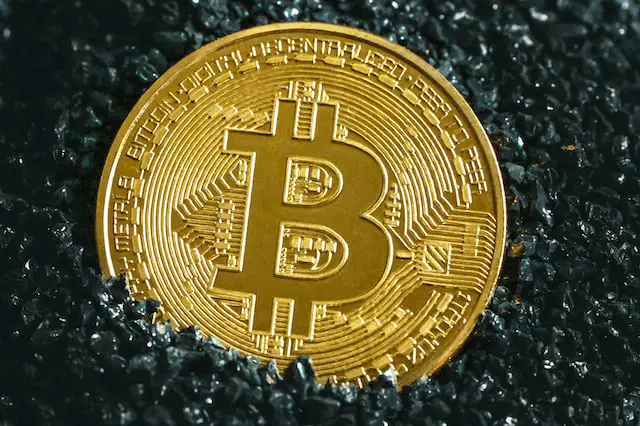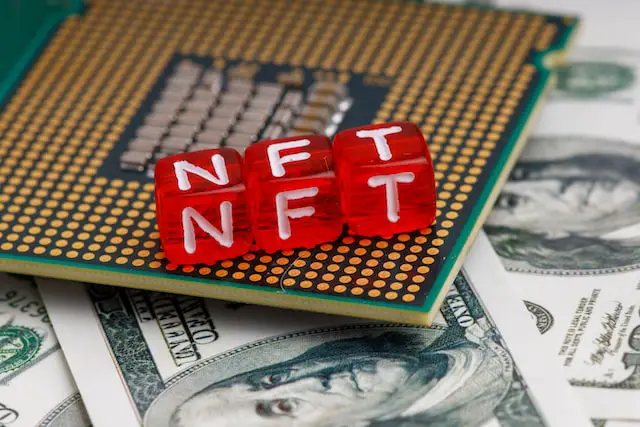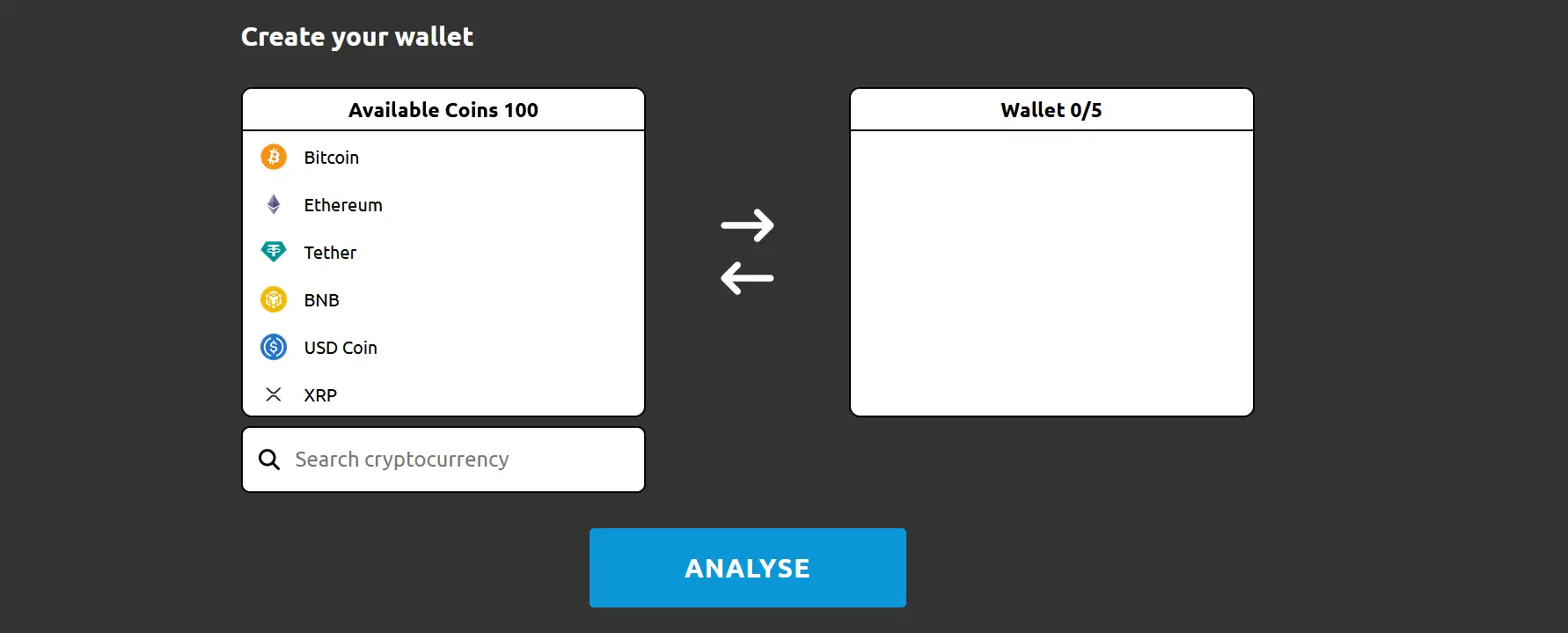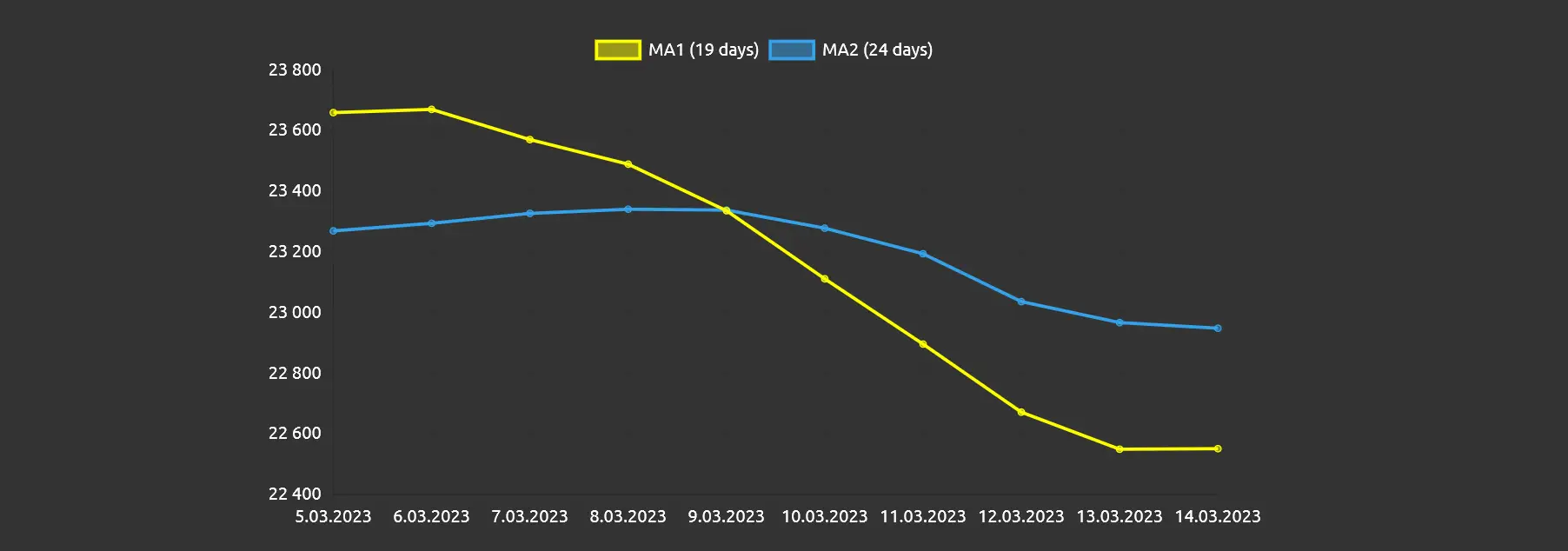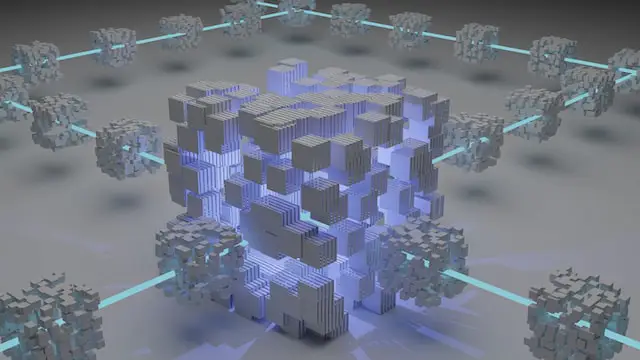
Introduction: What Is Decentralized Finance (DeFi)?
Decentralized Finance, or DeFi, is the hottest trend in the cryptocurrency world, offering a new way to access traditional financial services in a decentralized manner. In this post, we will explore the future of DeFi and the potential it holds. DeFi is a movement that aims to make financial services accessible to anyone, anywhere, without the need for intermediaries such as banks or other financial institutions. DeFi is built on top of blockchain technology and operates in a decentralized manner, which means that anyone can access it and use it without any central authority controlling it. DeFi is a term used to describe a new wave of financial applications built on top of blockchain technology. Unlike traditional financial systems, DeFi applications are open-source, transparent, and accessible to everyone. They offer a new way of doing finance that is decentralized, permissionless, and secure.
The Current State of DeFi
DeFi has experienced tremendous growth over the past few years. The total value locked in DeFi protocols has increased from just over $1 billion at the start of 2020 to over $90 billion as of August 2021. This growth has been driven by a number of factors, including the increasing demand for decentralized financial products and the rise of new DeFi protocols that offer innovative solutions to traditional financial problems. However, DeFi is still in its early stages, and there are many challenges that need to be addressed. These include issues with scalability, user experience, and regulatory compliance. As the industry continues to mature, these challenges will need to be overcome in order for DeFi to reach its full potential.
The current state of decentralized finance (DeFi) is one of rapid growth and innovation. DeFi refers to a new financial system built on top of blockchain technology that aims to create a more open, transparent, and inclusive financial system. Over the past few years, DeFi has grown tremendously, with the total value locked (TVL) in DeFi protocols reaching an all-time high of over $200 billion in early 2022. This growth has been driven by the increasing popularity of decentralized applications (dApps) built on top of Ethereum and other blockchain platforms.
One of the most exciting aspects of DeFi is its potential to disrupt traditional financial services, such as banking, lending, and insurance. DeFi protocols enable users to access financial services without the need for intermediaries, such as banks and insurance companies, thereby reducing costs and increasing access. However, the DeFi space is not without its challenges. Security remains a concern, as several high-profile hacks and exploits have occurred in recent years. Additionally, scalability and interoperability are still major hurdles that must be overcome for DeFi to reach its full potential. Overall, the current state of DeFi is one of rapid growth and innovation, with the potential to fundamentally transform the financial industry. While there are challenges to be addressed, the future looks bright for DeFi as it continues to gain mainstream adoption and mature as an industry.
The Future of DeFi
Despite the challenges facing the DeFi industry, its potential for the future is enormous. Here are some of the ways in which DeFi could change the financial landscape in the coming years:
- Increased Financial Inclusion: DeFi has the potential to provide financial services to the billions of people around the world who are currently unbanked or underbanked. By leveraging blockchain technology, DeFi can create a more inclusive financial system that is accessible to anyone with an internet connection.
- New Investment Opportunities: DeFi has already opened up new investment opportunities for retail investors. As the industry continues to grow, it is likely that new and innovative investment products will be developed, providing investors with even more ways to earn a return on their investment.
- Disrupting Traditional Finance: DeFi has the potential to disrupt traditional financial institutions by providing a more efficient, transparent, and cost-effective alternative. This could lead to a more democratized financial system that is less reliant on centralized intermediaries.
- More Secure and Transparent Financial System: DeFi is built on top of blockchain technology, which provides a high degree of security and transparency. This makes it less vulnerable to fraud and hacking than traditional financial systems.
Conclusion
The future of DeFi is bright, and it has the potential to revolutionize the financial industry as we know it. However, there are still many challenges that need to be addressed before DeFi can reach its full potential. These include issues with scalability, user experience, and regulatory compliance. As the industry continues to mature, it is likely that these challenges will be overcome, paving the way for a more inclusive, transparent, and decentralized financial system. In conclusion, the future of decentralized finance (DeFi) is bright, with the potential to revolutionize the traditional financial industry. As DeFi continues to mature and address its challenges, it has the potential to become the backbone of a new, more inclusive, and accessible financial system.
Resources
- https://www.investopedia.com/decentralized-finance-defi-5113835
- https://ethereum.org/en/defi/
- https://www.forbes.com/advisor/investing/cryptocurrency/defi-decentralized-finance/
- https://coinmarketcap.com/alexandria/article/what-is-decentralized-finance
- https://www.wallstreetmojo.com/decentralized-finance/
Author
- click on the author to see more information.
